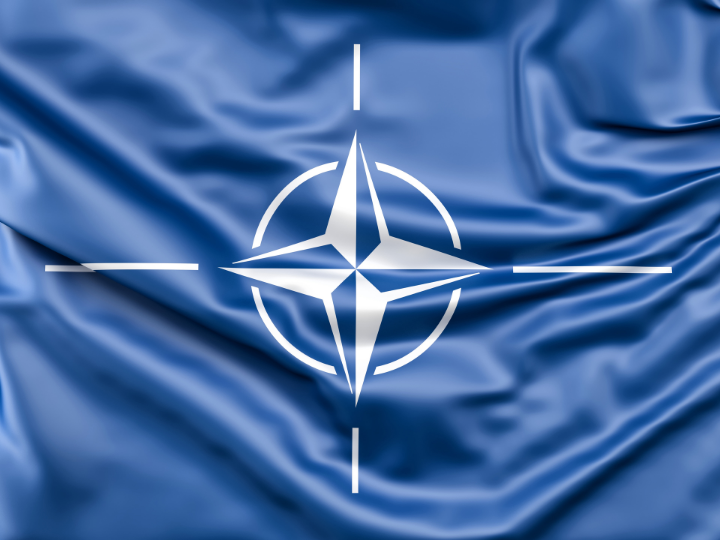by Hanna Ojanen*
The rules-based security order in Europe was challenged on February 24, when Russia attacked Ukraine.
NATO and the EU needed to respond quickly. They did so in ways that surprised the Kremlin, which has long sought to divide the transatlantic alliance and play EU member states off each other.
NATO announced new deployments to the Baltic states and Romania to shore up its Eastern and Southern flanks. The EU imposed new rounds of sanctions on Russia—and, in an unprecedented move, agreed to send military support to Ukraine.
Another surprise for the Kremlin was the decision by Finland and Sweden to forgo their policies of non-alignment and apply to join NATO. Both needed security guarantees. The vacuum in NATO’s flank in northern Europe will now be filled.
This is one of many arguments alliance members will make to Turkey during their summit in Madrid on June 29–30. For domestic reasons, President Recep Tayyip Erdogan has vetoed Finland’s and Sweden’s applications.
In the meantime, the EU and NATO should use further enlargement and Russia’s invasion of Ukraine to work much more closely together.
There is already a plethora of proposals for cooperation and complementarity. The EU has adopted NATO models for developing its military structures, and has itself provided models to NATO on the civilian side. They are also learning together about new hybrid threats, about transformations to democracy, and societal resilience.
However, the two organizations have also competed against each other, for example in creating rapid reaction forces for crisis management.
NATO is (still) considering ideas for common funding to finance missions and other operations, something that the EU does. Currently in NATO, “costs lie where they fall.” There are also discussions about reforms to decisionmaking and institutional restructuring, which are long overdue.
The EU is a political union, and to a considerable extent a supranational entity that has competences that previously belonged to the member states. This is the union’s strength. The defense structure it is building has supranational features. For example, the European Commission plays an important role in steering industrial defense cooperation. There are common funds for defense, controlled by the European Parliament.
Meanwhile, NATO’s strength is military expertise. But the biggest difference with regard to the EU is the transatlantic aspect. NATO is essential, as it is the only organizational form that makes it possible for the United States to be involved.
As much as it may seem rational to agree on a division of labor between the EU and NATO based on their strengths, it would not work. It would require both parties giving up some tasks, and for organizations like the EU and NATO, that would mean forgoing alternatives and becoming less flexible in their approaches and action. It would also push NATO and the EU further apart from one another, decreasing the overlap that has benefited them.
NATO has recognized the importance of the EU already in its 2010 Strategic Concept. The EU, it says, is a unique and essential partner for NATO, and the alliance recognizes the importance of a stronger and more capable European defense, complementary and mutually reinforcing roles, and strategic partnership.
Meanwhile, the EU sees NATO as essential for and the foundation of the collective defense of its members, and promises in its recently adopted Strategic Compass that it will help strengthen NATO. And that is what it actually can do.
The EU is also taking steps toward territorial defense. The Compass mentions conducting regular exercises in the context of Article 42.7 of the Treaty of the European Union to further strengthen mutual assistance in case of an armed aggression.
The EU’s planned 5,000-troop Rapid Deployment Capacity could be used for “non-permissive environments,” that is, presumably, crisis management situations.
In essence, the NATO-EU relationship is not about the division of labor, but about the coexistence of two different models for organizing defense in Europe.
The two now face big internal and external challenges, and should aim at tackling them together. One is how to coordinate the way member states will use the new, larger defense budgets. Another is how both perceive enlargement. Getting closer or acceding to either NATO or the EU shapes that country’s relations with Euro-Atlantic structures.
And there is a very thorny issue about how NATO and the EU deal with their own members—Hungary, Poland, Turkey—that don’t adhere to rules and principles. These affect the security environment. That’s all the more reason for NATO and the EU to work together on issues over which they can agree.
Finally, the NATO-EU relationship is also about working against divisions inside the organizations and between the respective members. It is these divisions that Russia tries to exploit.
That is why in Madrid, with Russia’s war against Ukraine dominating the summit, NATO will put the emphasis on protecting the rules-based international order, multilateralism, and the rule of law. This is also where NATO brings in the EU and where the two need to speak in unison, for their own credibility and for the security of the continent.
*research director at the Faculty of Management and Business of Tampere University, Finland
**first published in: carnegieeurope.eu




 By: N. Peter Kramer
By: N. Peter Kramer
